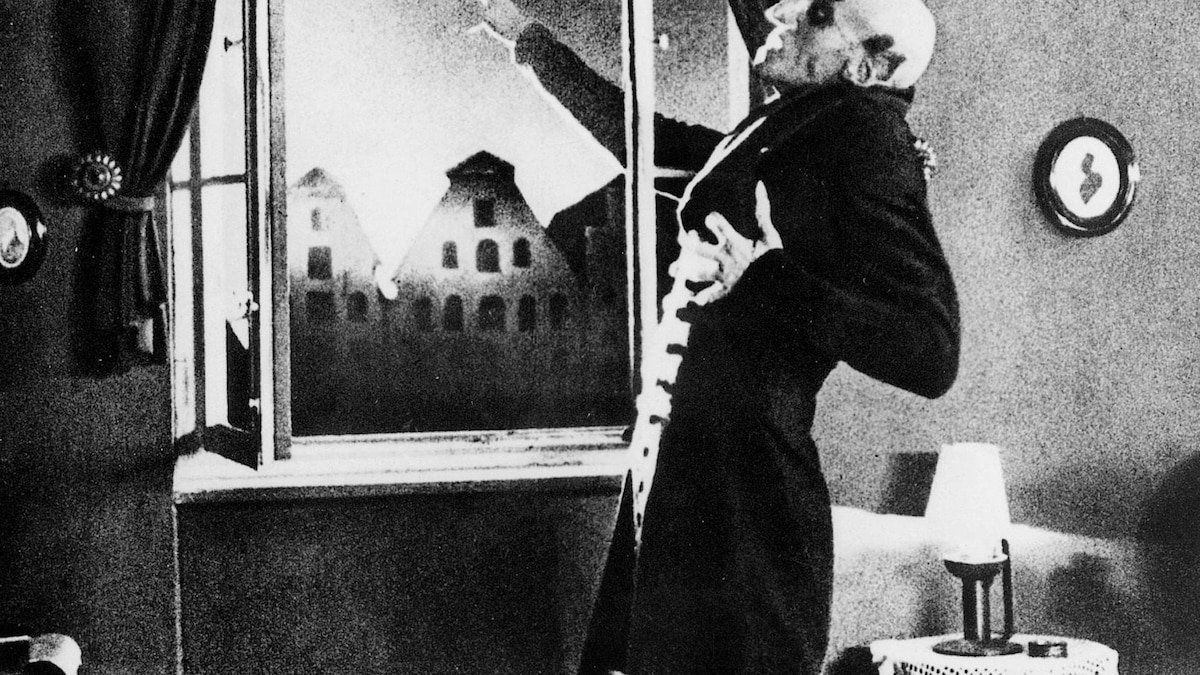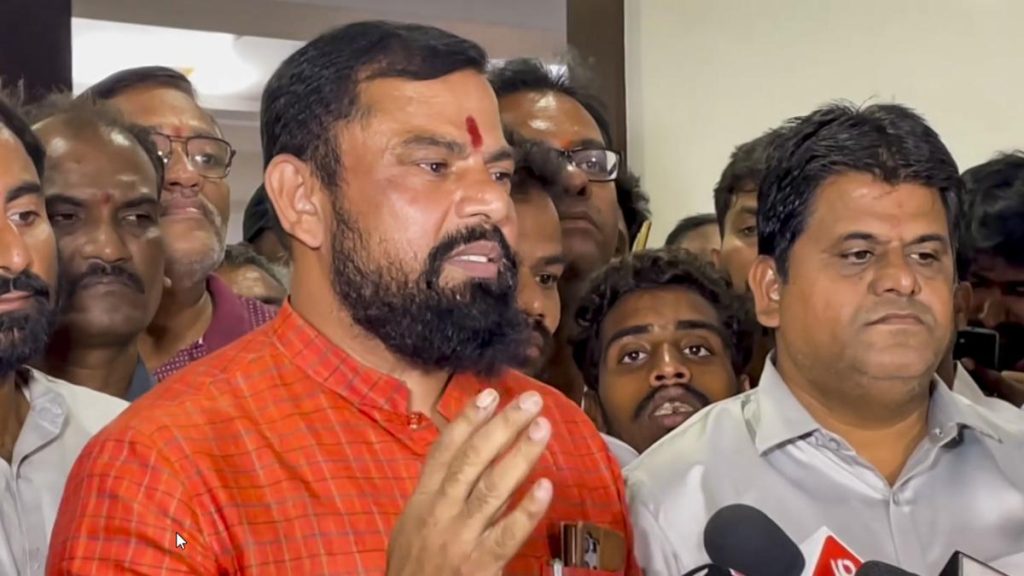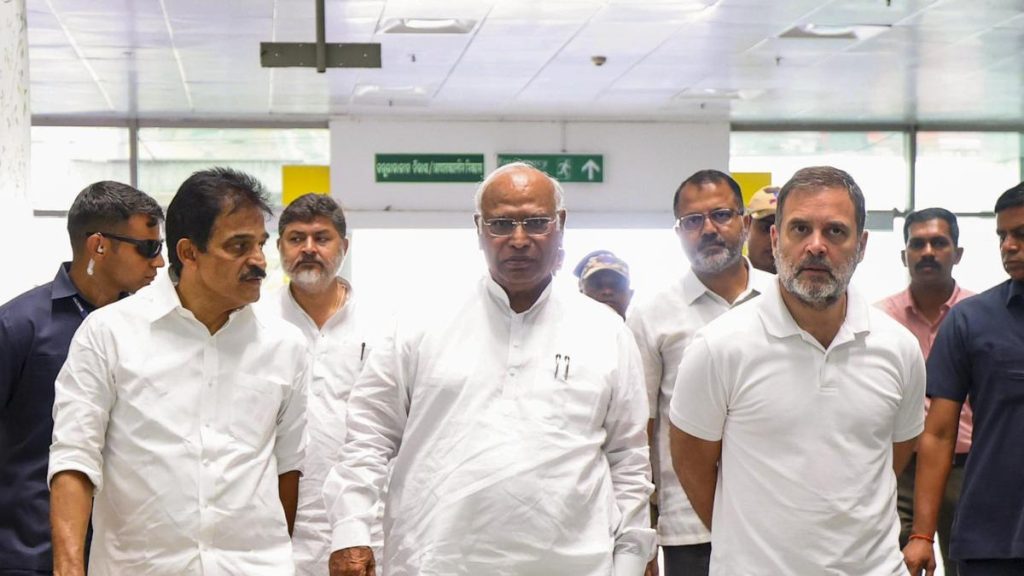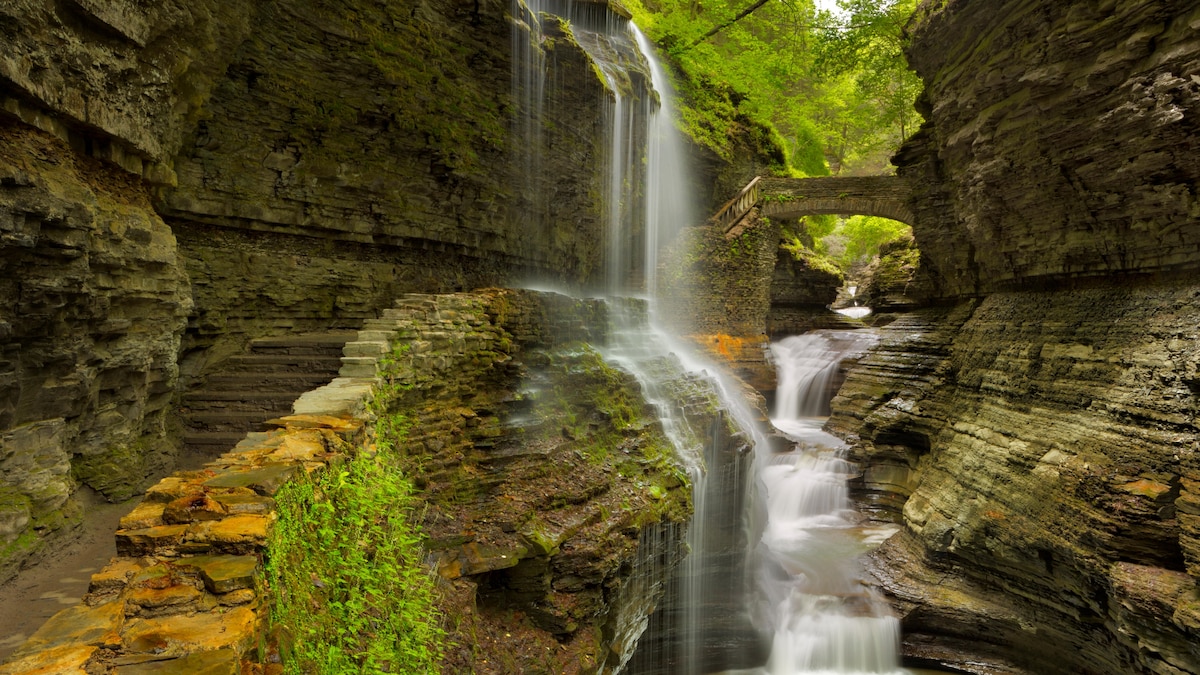Now Reading: Why Vampires Fear the Sun: Exploring the Origins of a Myth
-
01
Why Vampires Fear the Sun: Exploring the Origins of a Myth
Why Vampires Fear the Sun: Exploring the Origins of a Myth

Rapid Summary
- Vampire tropes have evolved significantly, with traditional vampires associated with nighttime but later adaptations introducing “daywalkers.”
- Classic Western European vampire literature in the 19th century frequently enough allowed vampires limited movement during daylight hours, unlike popular depictions today.
- The idea of sunlight vulnerability gained prominence through F.W.murnau’s 1922 silent film Nosferatu, influencing modern vampire mythology.
- By contrast, some narratives feature daywalkers-a version of vampires immune to sunlight-such as marvel’s superhero Blade, frequently enough portrayed as a hybrid between human and vampire.
- Disney Channel’s zombies 4: Dawn of the Vampires reimagines conflicts between daywalking and nightwalking communities in a light-hearted narrative aimed at children. Vampires here consume “blood fruit” instead of actual blood and revolve around themes of understanding differences.
- despite evolving tropes like daywalkers, traditional representations-like night-dependent vampires in works such as Ryan Coogler’s Sinners-remain impactful across diffrent storytelling mediums.
Image:
!Illustration showing Count Dracula climbing down the wall of his castle
Illustration Courtesy of the british Library archive, Bridgeman Images.
Indian Opinion Analysis
The transformation and reinvention within vampire lore highlight humanity’s ability to use cultural symbols to explore broader anxieties or aspirations. For India-with rapidly evolving media consumption trends-the way myths are constantly reshaped could influence its local storytelling ecosystem as well. Indian folklore is rich with supernatural beings (e.g., vetalas), yet vampiric archetypes have not thoroughly permeated mainstream cinema or literature here.
However, globalized narratives such as those explored through Hollywood or international franchises might impact newer generations’ preferences for fantasy genres when compared with India’s indigenous mythologies.Works like Blade demonstrate how symbolic hybrids can straddle dual worlds compellingly-a concept relatable to India’s diversity across identity spectrums.
Additionally, narratives that champion conflict resolution (such as Disney’s Zombies) present an opportunity for filmmakers in India aiming for children-amiable content while embracing inclusive messaging-a growing priority amid discussions on community relationships today.
Exploring these evolutions offers room for fresh creative approaches where folklore meets modern social landscapes. It could bridge traditions while amplifying universal themes resonating across cultural boundaries.
























